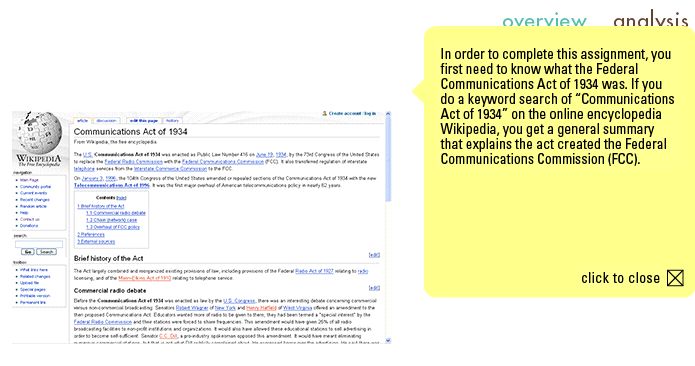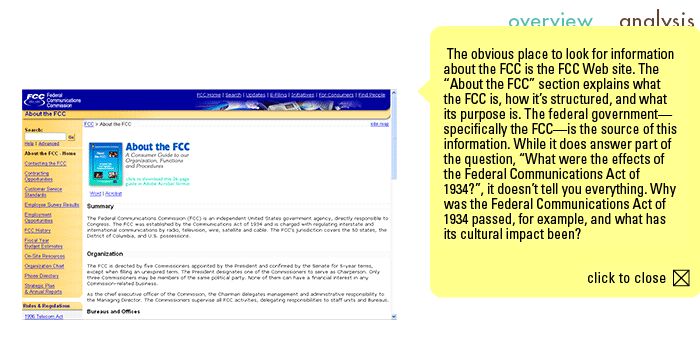A Review of i-cite and i-claim
James P. Purdy
Multimedia Affordances [1 2 3 4]
Just as Clauss seeks to broaden our discussions of argument to include a wider range of texts, Downs seeks to broaden our discussions of source use to include a wider range of texts. Addressing his student audience on the opening screen, Downs claims i-cite "helps you work with all kinds of texts-because in today's world, it's more important than ever to consider the source." Downs makes clear that limiting discussions of source use and citation to print media is not viable in an environment where researchers are increasingly reliant on digital resources. In its four helpful tutorials on the functions of sources, i-cite offers streaming videos of conference speeches, online library catalogs, publicly available web sites, online archives of magazines, online journal databases, and recordings of interviews as nonprint sources that might legitimately be consulted for academic work.
For instance, the example academic assignment provided in the overview section of tutorial #1 (sources answer questions) regarding the significance of the Federal Communications Act of 1934 presents Wikipedia as a legitimate source to consult to get a general understanding of the act (see figure 1). In addition to Wikipedia, it provides a number of different sources students might consult when doing research on this topic: the FCC web site, the EBSCO journal database, an online library catalog, and the online archives of Rolling Stone magazine (see figure 2). Other instructional texts often either ignore or admonish students for using nonacademic or online sources (e.g., Tensen, 2007; Maimon, Pentz, & Yancey, 2007; see Walker and Purdy, forthcoming). Even those texts that do acknowledge the value of online spaces for research activity continue to privilege the library and its print resources as an essential first stop before considering online research spaces (e.g., Fulwiler & Hayakawa, 2007).
Figure 1: Image from Tutorial #1 Discussion of Wikipedia

Figure 2: Image from Tutorial #1 Discussion of FCC Web Site 

